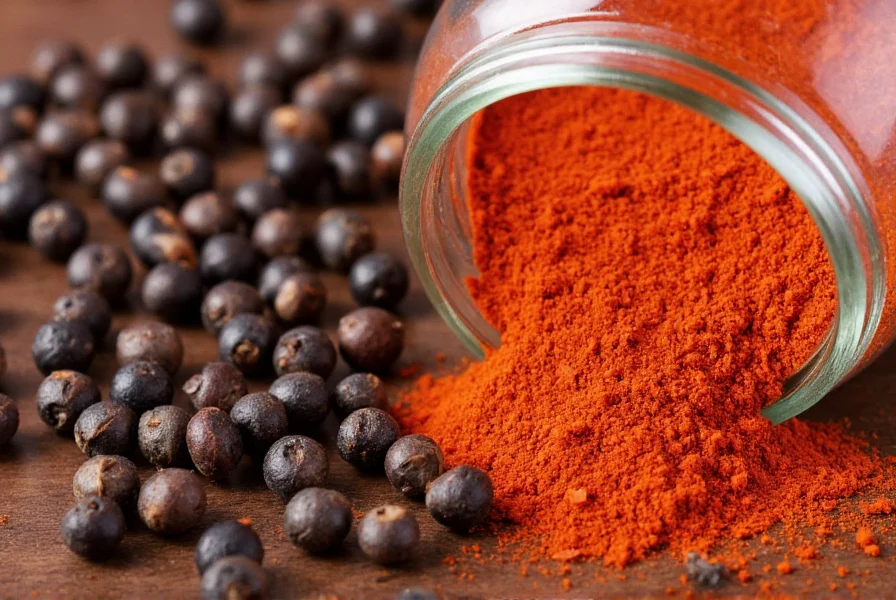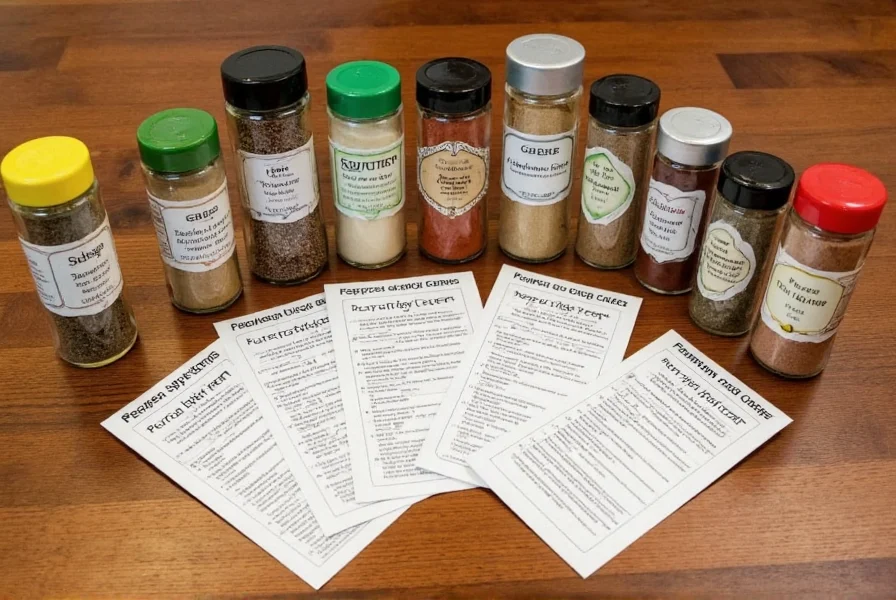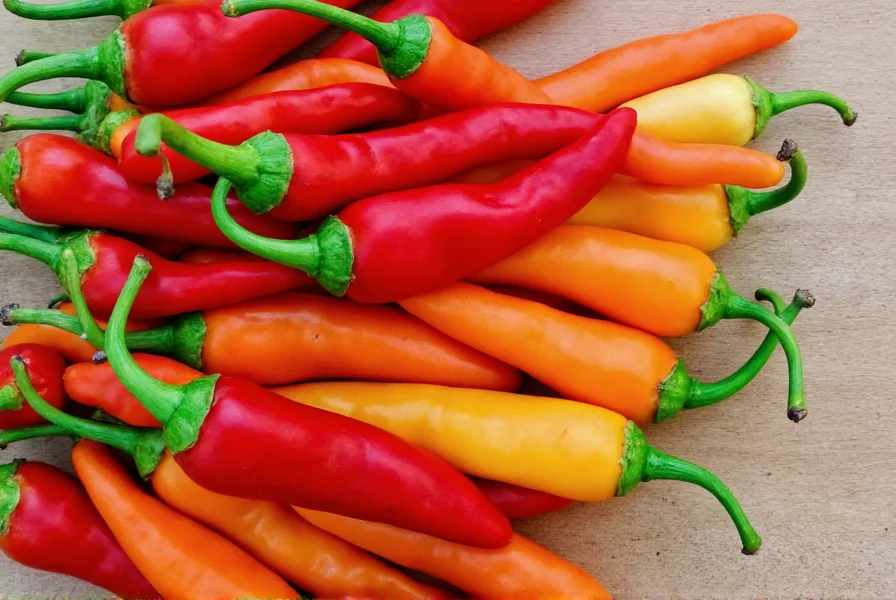Running out of black pepper or needing an alternative for dietary reasons? You're not alone. Many home cooks face this common kitchen dilemma. Whether you're accommodating dietary restrictions, seeking different flavor profiles, or simply emptying your spice cabinet, understanding pepper substitutes can transform your cooking experience without compromising on taste.
Why You Might Need Pepper Alternatives
Black pepper substitute needs arise for various practical reasons. Some cooks experience pepper sensitivities that cause digestive discomfort. Others need alternatives for paleo, low-FODMAP, or specific allergy-friendly cooking. Professional chefs often seek substitutes when black pepper would discolor delicate sauces or when creating nuanced flavor profiles that require different heat characteristics.
Top Pepper Substitutes Explained
Cayenne Pepper
When searching for pepper substitutes with heat, cayenne delivers significant spiciness. This chili powder substitute works well in hearty dishes like stews, chili, and meat rubs. Use sparingly—just 1/8 teaspoon cayenne replaces 1 teaspoon black pepper. Ideal for spicy pepper alternative in Mexican cuisine, but avoid in delicate dishes where its intense heat would dominate.

White Pepper
For the closest black pepper flavor substitute, white pepper is your best option. Made from the same plant but with the outer layer removed, it offers similar pungency without the dark specks. Perfect for light-colored sauces, mashed potatoes, and cream soups where black specks would be visible. Use at a 1:1 ratio in most recipes requiring pepper alternative for white sauces.
Paprika
This mild pepper substitute for sensitive palates provides color and subtle sweetness without significant heat. Hungarian paprika offers rich flavor, while smoked paprika adds depth to barbecue dishes. Use 1.5 teaspoons paprika per 1 teaspoon black pepper. Excellent as a non-spicy pepper replacement in deviled eggs or potato salad where you want flavor without heat.
Allspice
Don't let the name fool you—this single spice (not a blend) offers warm, complex notes reminiscent of cloves, cinnamon, and nutmeg. When seeking pepper alternatives for baking or hearty winter stews, allspice adds depth. Use 3/4 teaspoon allspice per 1 teaspoon black pepper. Works beautifully as a pepper substitute in beef stew or braised short ribs.
Coriander
Ground coriander provides citrusy, floral notes that work surprisingly well as a pepper substitute in Mediterranean dishes. Its bright flavor complements fish, roasted vegetables, and lentil dishes. Substitute at a 1.5:1 ratio (1.5 teaspoons coriander for 1 teaspoon pepper). Try this mild pepper alternative for chicken recipes where you want complexity without heat.
| Substitute | Flavor Profile | Heat Level | Best Uses | Substitution Ratio |
|---|---|---|---|---|
| White Pepper | Similar to black pepper, slightly earthier | Moderate | Light sauces, mashed potatoes, cream soups | 1:1 |
| Cayenne | Sharp, intense heat | High | Chili, meat rubs, hearty stews | 1/8 tsp : 1 tsp |
| Paprika | Sweet, smoky, mild | Low | Deviled eggs, potato salad, roasted vegetables | 1.5:1 |
| Allspice | Warm, complex (clove/cinnamon notes) | Low-Moderate | Beef stew, braised meats, baked goods | 0.75:1 |
| Coriander | Citrusy, floral | None | Fish, chicken, lentils, Mediterranean dishes | 1.5:1 |
Special Considerations for Pepper Substitutes
When selecting pepper alternatives for dietary restrictions, consider individual sensitivities. Those with nightshade allergies should avoid cayenne and paprika. For low-sodium diets, remember that many pre-made spice blends contain salt—opt for pure ground spices instead.
The timing of adding your substitute matters significantly. Unlike black pepper which benefits from being added late in cooking, some substitutes like allspice release flavors better when added early. For the best pepper substitute in slow cooker recipes, add milder options like coriander or paprika during the last hour of cooking to preserve their delicate flavors.
Creative Applications of Pepper Substitutes
Experiment beyond simple substitution. Try white pepper in alfredo sauce for subtle heat without visual distraction. Use smoked paprika as a pepper alternative in barbecue rubs for complex smokiness. Allspice shines in pepper substitute for holiday ham glaze, adding warmth without overpowering.
For dessert applications (yes, really!), a tiny pinch of white pepper enhances chocolate flavors in brownies and mole sauce. This unexpected pepper substitute in sweet recipes creates depth without noticeable heat.
Final Recommendations
The ideal pepper substitute depends entirely on your specific recipe and dietary needs. Keep these guidelines in mind:
- For closest flavor match: white pepper at 1:1 ratio
- For heat without black specks: cayenne (use sparingly)
- For mild flavor without heat: paprika or coriander
- For complex warmth: allspice in hearty dishes
Always taste as you go when experimenting with pepper alternatives in your favorite recipes. Start with less than you think you need—you can always add more, but you can't remove excess spice once added.












 浙公网安备
33010002000092号
浙公网安备
33010002000092号 浙B2-20120091-4
浙B2-20120091-4